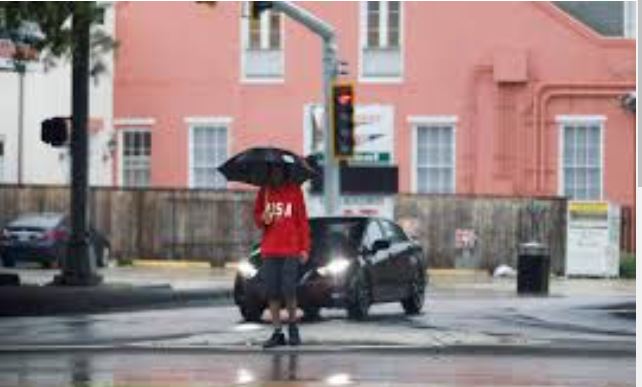Hurricane Francine came ashore in southern Louisiana, pounding New Orleans with heavy rains and gusty winds while threatening the wider Gulf Coast with a potentially deadly storm surge that led to evacuation orders for thousands of people.
The hurricane center briefly upgraded the storm from Category 1 to Category 2 on the five-step Saffir-Simpson scale just before it made landfall.
Even as a Category 1 storm, it’s very dangerous winds are capable of producing damage, and the whole of the Gulf Coast in Louisiana and Mississippi were under a warning for a storm surge that the hurricane center called life-threatening.
More than 200,000 homes and businesses throughout Louisiana had lost electricity, according to PowerOutage.us.
The iconic French Quarter neighborhood of New Orleans known for its tourist bars and restaurants was locked down with a noticeable police presence and very few pedestrians.
Louisiana Governor Jeff Landry and US President Joe Biden each declared a state of emergency in anticipation of the storm, freeing up emergency management resources and potential financial aid in the event of serious damage.
More than 78,000 commercial real estate properties worth some $143 billion were in the direct path of the storm, financial researcher Moody’s Ratings said. Those buildings have a greater than 50% chance of getting hit by winds of at least 50 mph (80 kph), the wind speed at which some damage is likely, Moody’s said.


